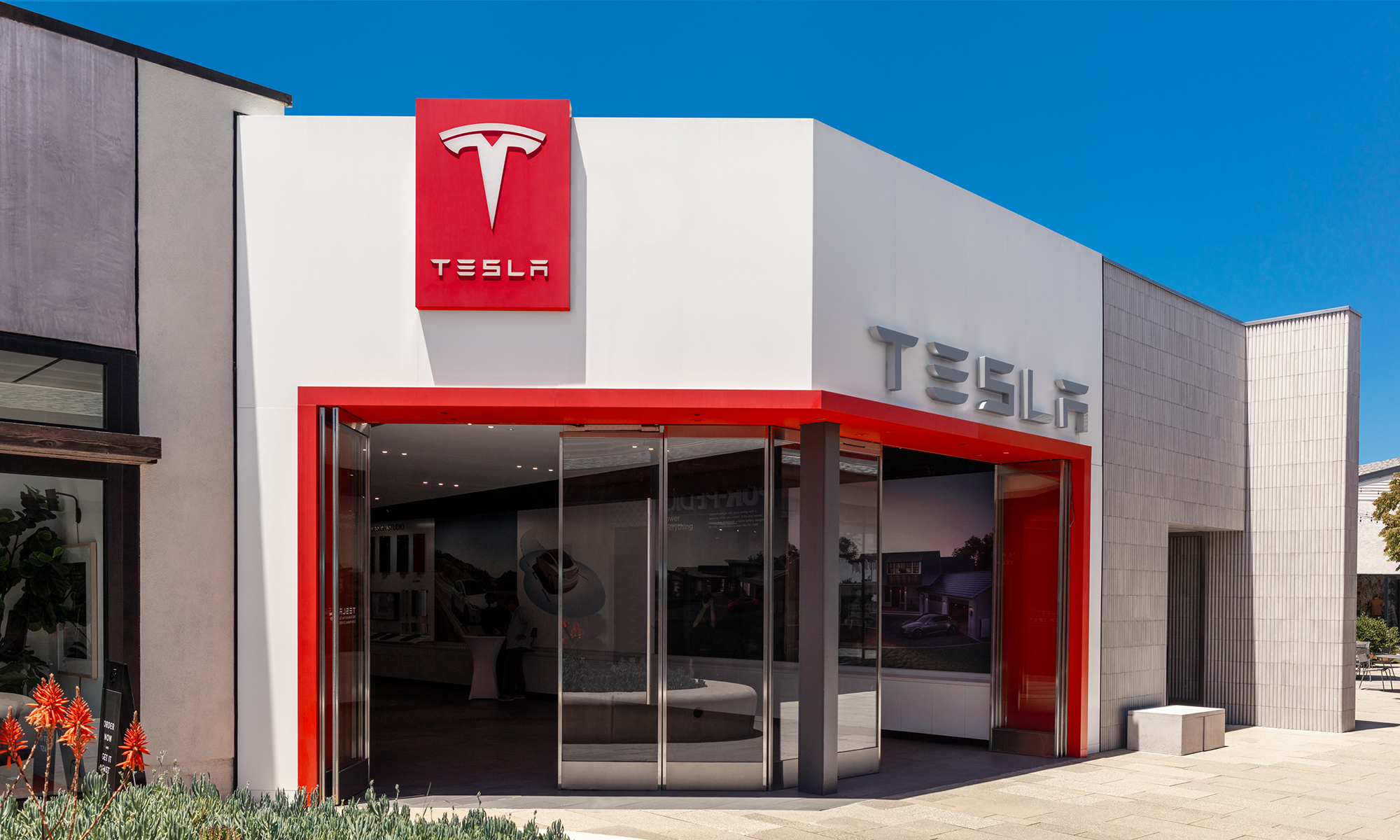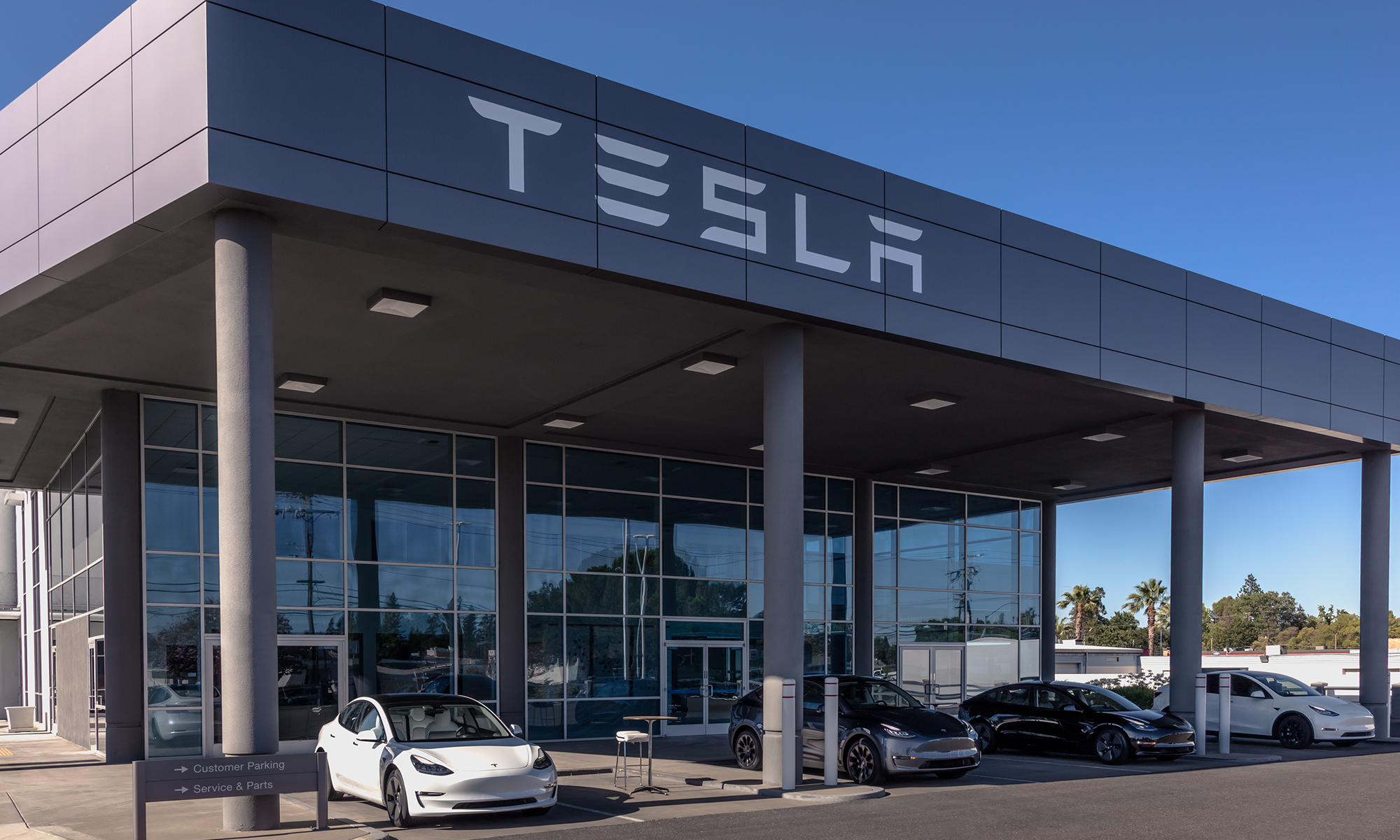The biggest concern consumers seem to have about electric vehicles is charging; it's been dubbed "range anxiety." Electric-car maker Tesla Motors (TSLA +0.09%) is attempting to tackle this concern and crush it once and for all. Nowhere is this clearer than by looking at the rapid expansion of Tesla's Supercharger network.

Supercharging data as of July 10, 2014. Image source: Tesla Motors.
The fastest-growing charging network on the planet
Not only is Tesla's network of Superchargers the fastest-growing charging network on the planet, but it is also now the largest fast-charging network on the planet, period.
Just how big is the network? It now enables owners of Tesla vehicles to travel the entire width of the U.S., and up and down the West and East coasts. By the end of next year Tesla says that there will be a charging station within 100 miles of 98% of the population, giving almost any Model S owner in the U.S. the ability to travel long distances using Superchargers only. Best of all, supercharging is free for life for Model S owners.
This sort of scale is helping Tesla achieve big milestones, which the company shared in a blog post.
In June, Tesla's Supercharger network passed a charging milestone, delivering more than 1 GWh of energy to Model S vehicles in a single month. That energy accounts for a collective 3.7 million miles driven, 168,000 gallons of gas saved, and 4.2 million pounds of carbon dioxide offset. That's like driving to the moon and back seven and a half times, and nixing a day's worth of CO2 from 73,684 Americans.
Tesla's Supercharger network is overseas, too. There are already 32 in Europe (eight were built in the last week alone), and the network is just beginning in China.

Model S charging at a Tesla Supercharger station. Image source: Tesla Motors.
This network would be insufficient if Tesla's vehicles couldn't drive long distances on a single charge. Fortunately, the entry-level Model S with a 60-kWh battery gets 208 miles of range -- plenty to drive locally without ever needing to charge anywhere except at home. The larger 85-kWh battery boasts 265 miles of range.
Further, charging must be fast enough to not be an inconvenience while traveling long distances. Tesla has addressed this concern, too. Model S owners can get a 50% charge in 20 minutes and an 80% charge in 40 minutes. Tesla-branded charging stations are about 16 times faster than most public charging stations. Considering that Tesla drivers only have to rely on Supercharger stations on long distance trips (assuming they charge while asleep at home for local driving), 20-40 minutes is reasonable -- especially when it's free.
The next steps
Tesla doesn't want to stop at serving its own vehicles with its Superchargers. The company's CEO, Elon Musk, has said that he would be open to letting other manufacturers tap into the network if they made cars capable of handling the charge and contributed their fair share toward the capital required for the network. Shortly after Tesla opened up its patents for peers to use "in good faith," it got together with Nissan and BMW to discusses a new level of collaboration on charging networks, the Financial Times reported.

Tesla plans for 98% of the U.S. population to be within range of a Tesla Supercharger by 2015. This map shows Tesla's planned Supercharger locations for the end of 2015. Image source: Tesla Motors.
For Tesla to succeed, a robust and convenient charging network is key. And if it can inspire other manufacturers to join the race with comparable charging stations, total charging convenience may come sooner than we think. While there's bound to be many challenges and hurdles along the way, Tesla shareholders should hope that the company continues to address range anxiety -- and eventually crush the concern once and for all.






